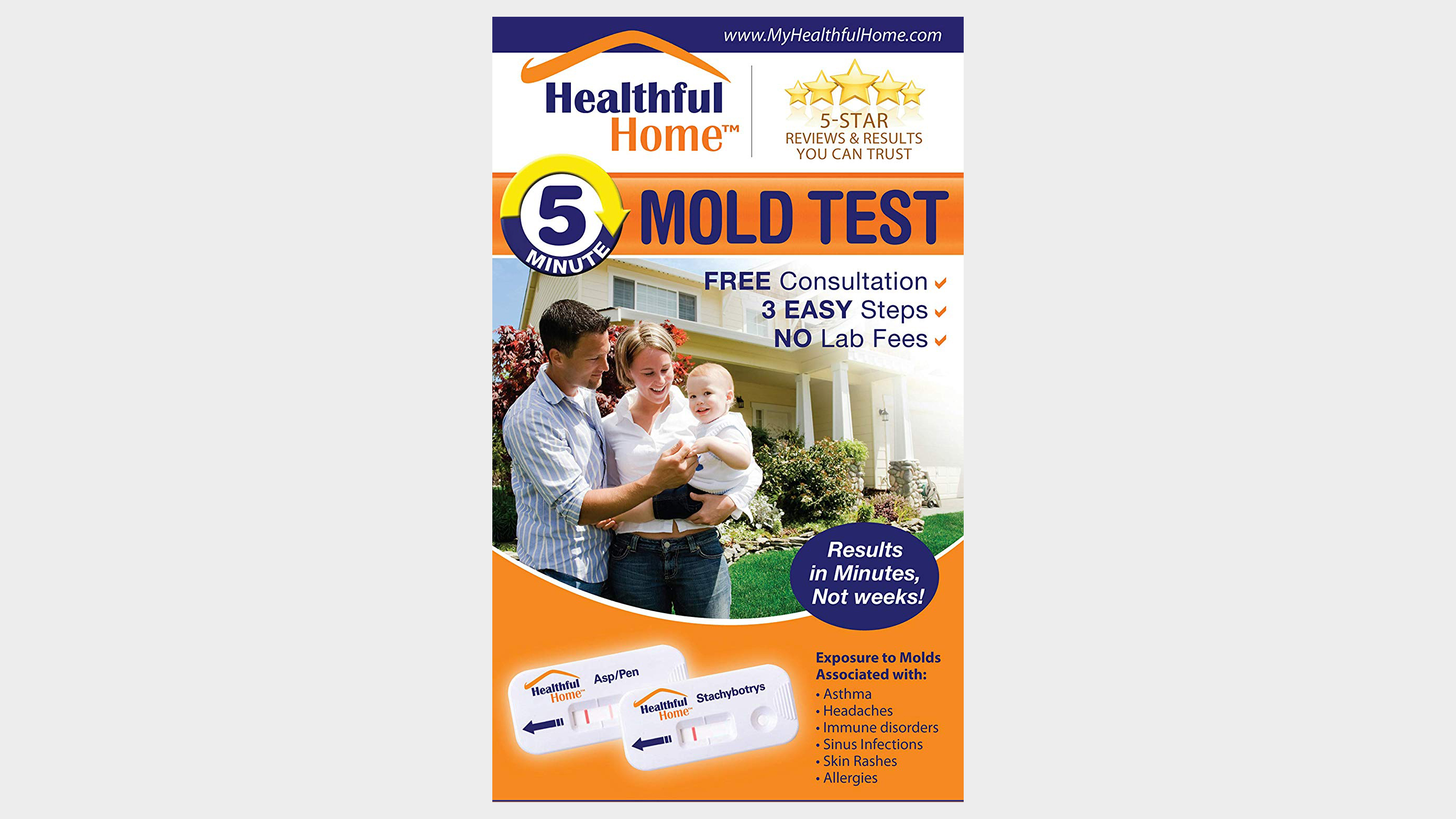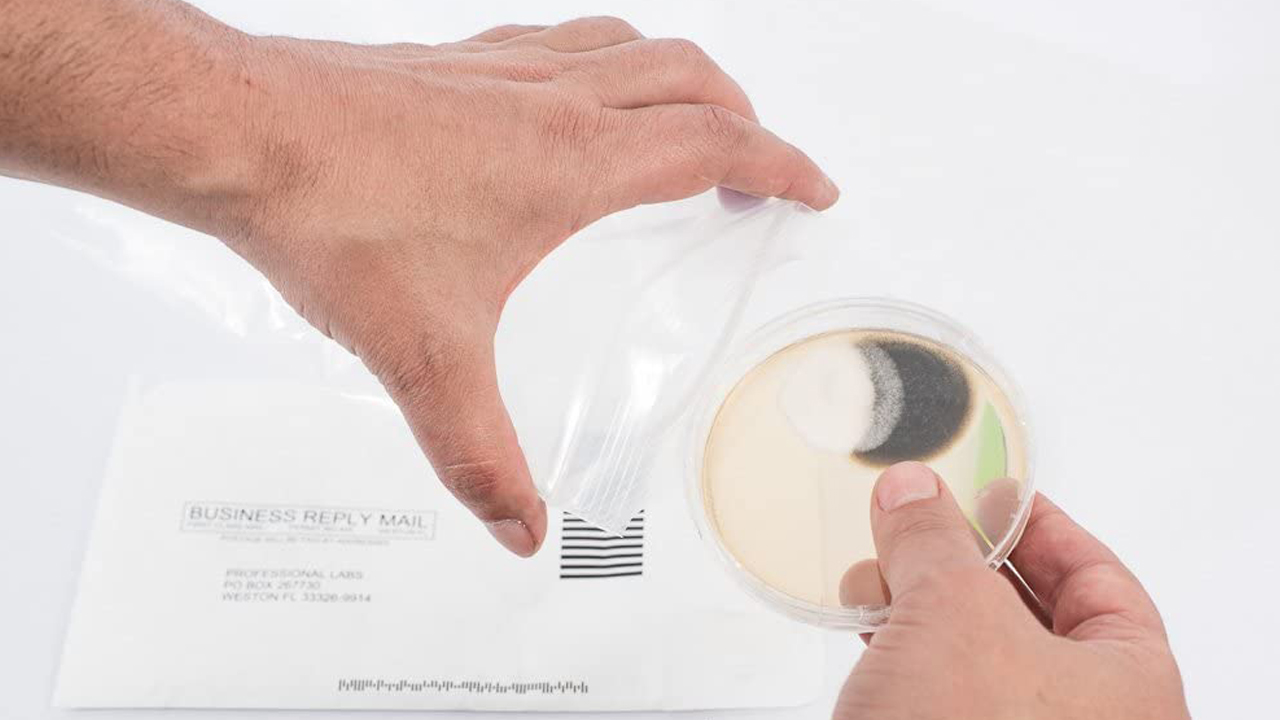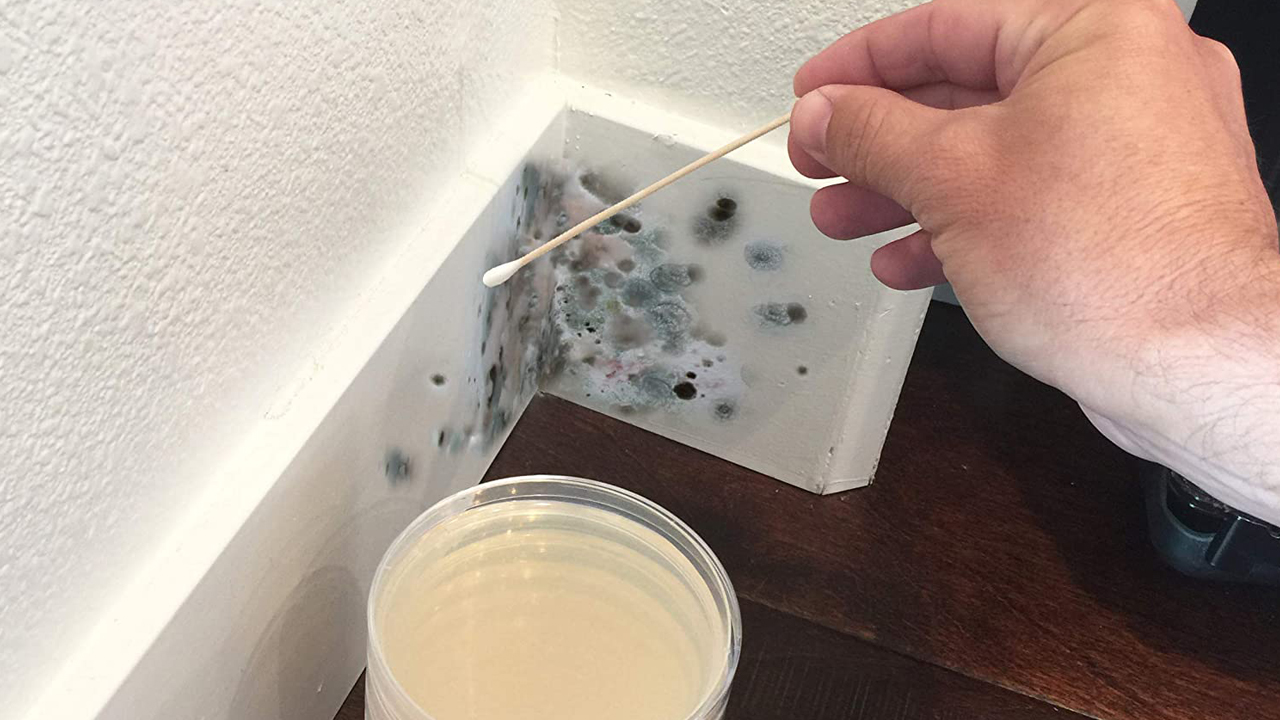Mold can ruin a home. Detecting and treating it properly, and quickly, is the easiest way to remove the problem before it starts to ruin your furnishings, clothes, and walls. However, it can be intimidating to know where to start, and whether you should even be checking for mold in the first place. Many American homeowners will never suffer from damp, as it tends to impact older buildings that have been built with poor ventilation and no damp-proof course. And, in many instances of homes that grow mold, it often happens in the same kinds of rooms - damp basements, poorly ventilated bathrooms, and small kitchens.
If you suspect you have mold in your home, we always suggest you begin with one of the best mold test kits to see exactly what your problem is. Not only will these indicate that mold is an issue, but a subsequent lab analysis - which is often included with each kit - should tell you what type of spores you have, and will sometimes offer tips on how to combat it. It can be very intimidating knowing where to begin, so we spoke to the experts over at EMSL Analytical to get their recommendations for the whole process.
Step one: detection
While they may seem intimidating, sampling kits are surprisingly easy to use. However, starting with the right one is vital. "High quality sampling materials and analysis completed by an accredited laboratory are essential," says Jason Dobranic, from EMSL Analytical. Testing dishes should be made of quality materials, to avoid contamination, and they need to be robust enough to survive postage across a state to your nearest testing laboratory.
When you test for mold, it can be as simple as placing an open container with a growth medium in it for a few hours, or swabbing a sample of the mold itself. Some testers can be placed in HVAC units, to see if the spores are being spread through the home too, which is a little trickier to manage. The key thing, though, is making sure the kit itself is good quality.
Now you need to choose a location. Dobranic states: "Use the kit in rooms where you have the greatest concern of possible mold growth existing, e.g. damp basement, laundry room that flooded. Bedrooms where people sleep for a long period of time are also a good place to consider since so much time is spend there. If someone feels ill or has allergic symptoms when in a specific room then that can also be a good place to test."
You need to make sure you're testing in the area where mold will grow fastest, and cause the most harm. Sometimes you can't help having a damp basement, and may accept mold as a part of this, but if it's spreading to regularly populated areas of the home, it's a serious issue.

Step two: analysis
So, you've sampled your home for mold and - damn it - you do have a problem. The next step is to get your sample analysed to see exactly what you're dealing with. Most kits include a lab analysis in the package, but you sometimes need to pay extra for this. What we recommend here is this: if you're unsure whether or not you have mold period, get a kit that doesn't include the analysis in the price. You'll pick one up for about $15 or less.
If you are certain you do have mold and damp issues, get a kit where the analysis is included in the price, as this is often cheaper. EMSL, for example, gives you a free sample kit when you book an analysis, which is a neat deal.
When you're looking at lab-based kits, make sure the lab your mold will be sent to is AIHA certified. While most labs will generate results just fine, the AIHA certification will give you peace of mind, which you need when dealing with a potentially serious issue like mold.

Step three: Prevention and treatment
Knowing the issue is one thing; dealing with it is another. Once you have your results you can work out exactly how to treat the issue in your home. Bottom line is that if you have damp areas in your home, it will continue to encourage mold growth until it is remedied.
"The cause of the excess moisture or damp patches must be determined and fixed or mold will develop and keep coming back. Dry all areas as soon as possible to reduce the chances of mold growth," recommends Dobranic. You can use one of the best dehumidifiers to dry areas of your home quickly, and to slow the spread of damp if you need to save up for its treatment. This is by no means a long term solution, but extracting moisture from the air, and getting close to that 55% relative humidity goal recommended for homes, will help to keep your problems under control.
If your home has a central air conditioning unit, you will need to make sure the mold is not travelling from one area to another, or growing inside the unit itself. That may require a new HVAC unit, or at least a call from a maintenance professional to get it fixed or fixed. For tips on how to maintain your unit, read our advice on how to clean your air conditioner.
Mold will likely already be growing on surfaces, and can even start to develop on clothes, shoes, and fabrics in the home. Dobranic offers a quick solution here, to prevent damage: "Removing contaminated porous materials and cleaning hard surfaces with EPA approved antimicrobial products are important steps to take with small areas of mold growth" however he adds that "for larger problems consult a mold remediation professional."
That's the conclusion you will inevitably have to face: damp needs treatment, because it's water penetrating your home. Whether via cracks in the wall or render, a broken damp proof course, or poor in-home ventilation... you will need a professional to repair the issue to stop it from persisting. That is the bottom line.

How to you prevent mold before it starts?
The easiest way to keep mold from entering your home is to make sure your house stays warm and dry in all weathers. Easier said than done, right? Dehumidifiers help, and having an effective water heater will also keep the temperature as even as possible in your home. However, older buildings will need modifications and, in some cases, expensive repairs to fix damp areas.
However, the top causes of damp in America aren't just the age of the property and the materials it's constructed with. Dobranic explains that "Water plumbing leaks and penetrations in the homes exterior will allow moisture to accumulate inside to a level conducive to mold growth." He says that these are the main causes. If you're concerned that your plumbing is liable to leak and cause excess moisture... get it checked.
Other things you can do to prevent mold in the home is simply opening your windows, even in inclement weather, and keeping your doors open to encourage air flow. A new HVAC can help with circulation too, or regular maintenance of your existing unit.
If you're certain it'll be an issue, new windows may be an option, to retain heat, and things like underfloor heating and additional airbricks will also help. For more details, consult your local damp and mold specialist.
For more home advice, check out our features on the best air purifiers, and the best tankless water heaters.

